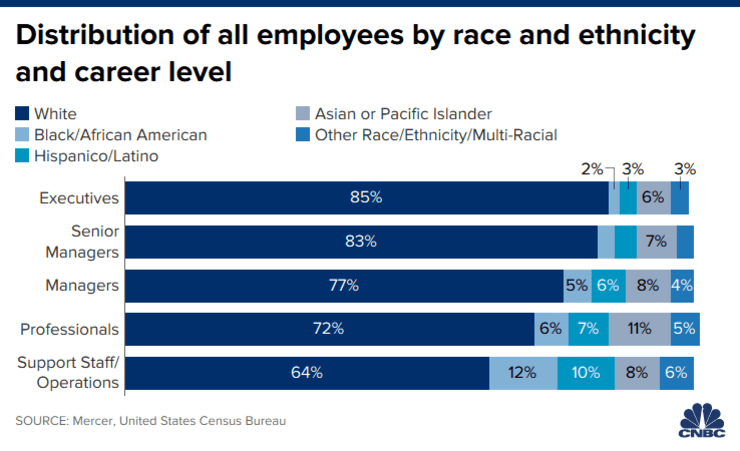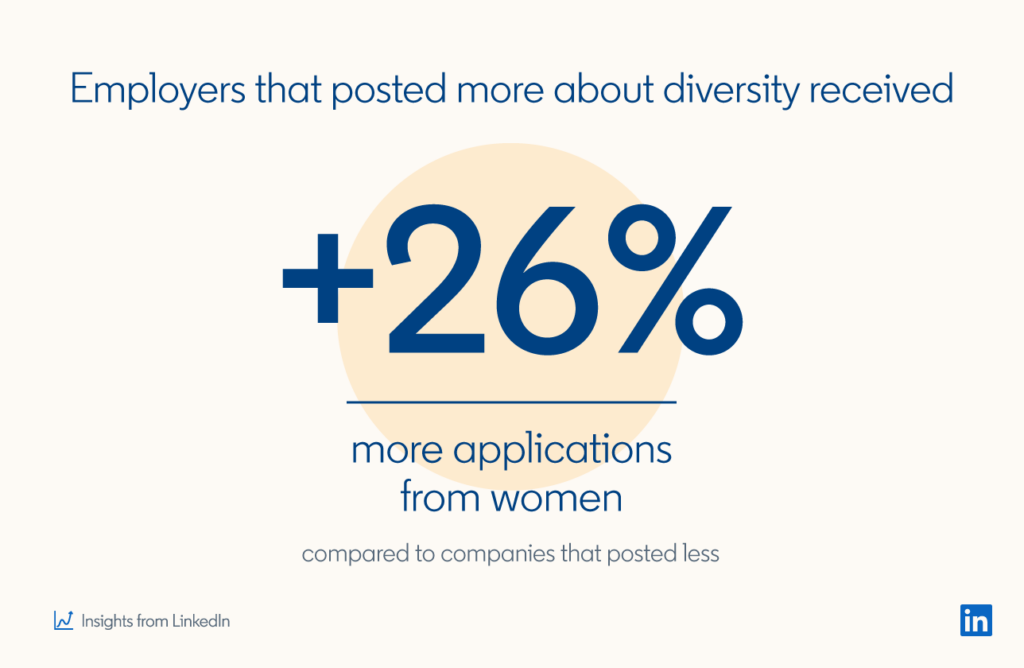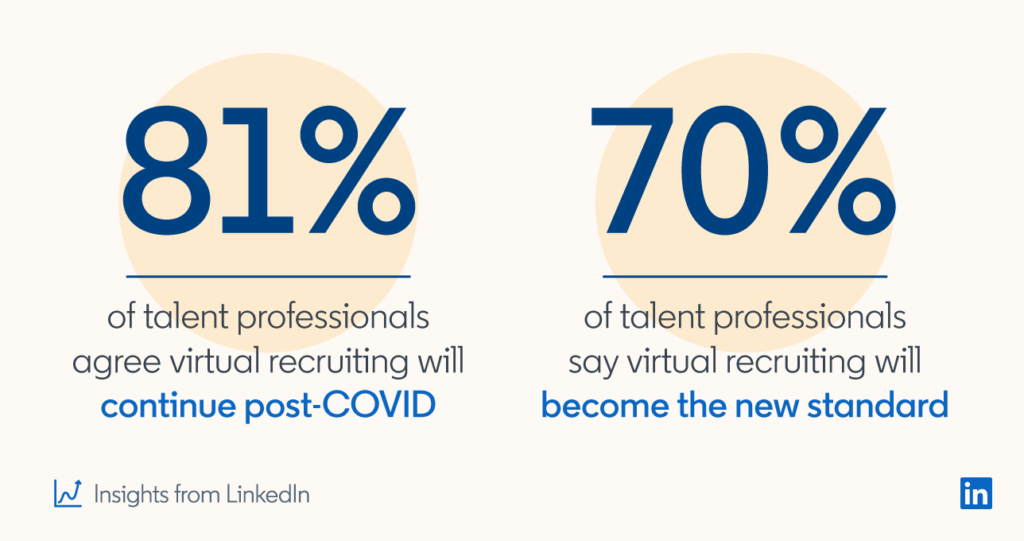Be the first to know
Sign up for a weekly dose of tech hiring news and updates.
Tech teams and hiring managers are striving for diversity. What was once a buzzword has quickly become an industry-standard and recruiters setting themselves ambitious diversity goals when hiring. But in addition to inclusion, there are more benefits that diverse teams can bring to your business.
Today, you’re no longer building diverse and inclusive teams to report on them at the end of the year. You’re making these teams to build a stronger, more prosperous business. Let’s explore why.

Who’s demanding diverse teams?
Hiring diverse teams is becoming an industry standard, especially within leadership – and the pressure is on from all business stakeholders.
Customers
Consumers are making buying decisions and loyalty decisions based on the diversity of your business with every purchase. Research from TopDesignFirms found that 67% of consumers are likely to make a second purchase from a brand they believe is committed to diversity and inclusion.
The same report found over 60% of consumers are likely to make an immediate purchase after seeing a diverse ad. While 34% of consumers would be swayed toward the more diverse company should they be faced with competing products.
Investors
McKinsey research analyzed five years of data across 1,000 companies in 15 countries. They found a strong correlation between diverse leadership teams and financial outperformance. The companies with greater gender and ethnic diversity are 25% to 36% more likely to outperform their less diverse counterparts financially.
There are many reasons for this, but diverse teams generally promote innovative thinking, whereas less diverse teams promote “groupthink”.
Furthermore, ESG (Environmental, Social, and Governance) investing is rapidly becoming more popular, emphasizing the “s”. Meaning if you’re not chasing diversity, you’re not chasing profits and could see investor interest drop.
Future & Current Employees
Two attributes high in demand for employees are diverse workforces with an inclusive culture and an open-minded workplace.
In fact, over 60% of employees believe that diversity-focused HR strategies are beneficial and essential. 75% of employees think more diversity is needed. Plus, over 65% of job seekers consider workplace diversity an essential factor when making application decisions.

With so many businesses now being fully remote, employees are no longer restricted to their homes’ immediate radius. With remote-first hiring initiatives in top tech companies, talent has more opportunities and options than ever before. If you’re not competing for employees, they’ll stop competing for you.

That being said, it can be all too easy to show bias toward diverse applicants when trying to hit recruitment goals. The shift needs to come from encouraging diverse roles to apply – by showing zero bias to any applicant despite any diversity “area” they may fit into (including “culture fit”).
When mitigating bias in your hiring processes, you encourage a broader, more diverse talent pool. Obligations and hiring goals aside, here are three reasons why tech teams need to be more diverse and inclusive.
1. Our tech is inclusive when our teams are inclusive
Diversity brings experience – an experience that speaks from different cultures, sexual orientations, gender expressions, geographical locations, and so much more. These experiences can help businesses build technology that’s thoughtful and inclusive of all potential users.
In an interview with BuiltIn Colorado, Director of Poptivism and Corporate Citizenship, Jennifer Forman said,
“CSG’s products acknowledge differences in users in multiple ways. One way is language translation of user interfaces and documentation. Another way is product design, which might account for infrastructural differences in a country such as banking and credit resources.”
In a hyper-personalized world, businesses need to be building tools and providing services personal to each user. The user experience (UX) comes first, and when we build user-centric products, we build successful products.
2. Diverse teams focus on product accessibility and learnability
Accessibility and learnability tend to come in pairs – and with good reason. Product development 101 states that products need to be accessible and learnable. But how can we ensure that our products are accessible and learnable for everyone?
When we have diverse tech teams, we are exposed to a wealth of diverse knowledge around learnability. Diverse tech teams are more aware of different user’s needs and allow them to easily access a product. They help us build products that are inclusive of cognitive and physical disabilities, age, language, and geographical location. All of these areas of diversity can affect our learnability, product use, and product onboarding.
Read more articles like this: Achieving accessibility as a blind developer.
3. Diverse teams build products that are as diverse as their users
Users are diverse in their race, ethnicity, behaviors, culture, religion, spirituality, and parental and marital status. But what does this mean for our products and our product teams?
It means we need to build conscious products. These products are aware of the users and their interactions with the product that could positively or negatively affect them. But how can you go about this task?
This focuses more on the UX than the UI and relies on laying the foundations of a diverse tech team. This starts with your team and answering questions such as:
- How are you making a user feel?
- Are you using language they are comfortable with?
- Is the visual design of your product respecting their beliefs, background, and sensitivities?
Keep striving for diversity
So keep those diversity recruitment goals high, and don’t be afraid to use tools to help you achieve them. For example, Zalando is using Codility to create a 40% female workforce by 2023.
Set the bar for your business, and set the standard for multiple tech teams in the future. Mitigating recruiting bias, hire people for what they can achieve—fairly and inclusively. Lead with diverse teams and build better products, businesses, and worlds for all people to come.
Want more insights on building diverse engineering teams & tech hiring trends? Sign up for our newsletter here and never miss a beat.
